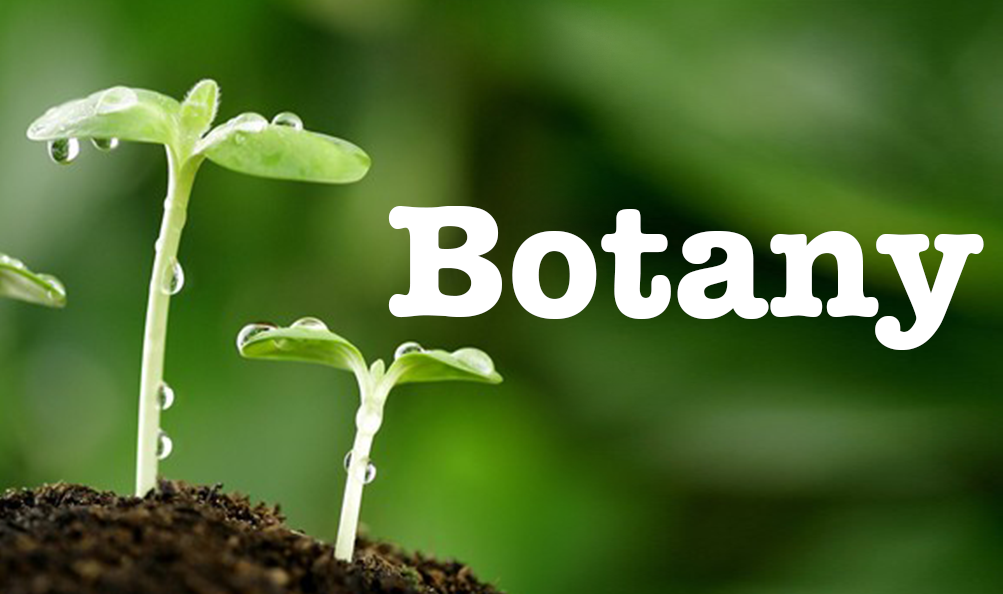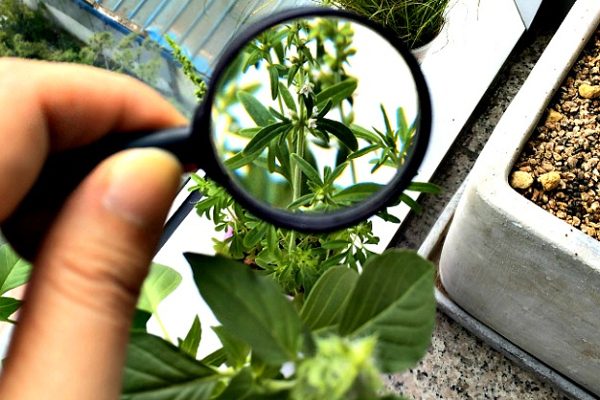Botany Assignment Help

Most botany students likely don’t regard themselves as writers. They probably feel writing is something English or history majors should worry more about. But writing occupies a central place in science. Scientific writing tends to be more challenging than other types of writing. That’s why you want to use some botany assignment help. You cannot consider any experiment complete unless you’ve written it up. There’s a question you must ask yourself. Would the Journal of American Botany accept this quality? Writing a botany paper is unlike winning Powerball prizes. It’s never about luck. Only hard work pays. Need to use a little botany assignment help? Don’t hesitate.
Easily Write Your Title Page
Follow your professor’s instructions. Generally, the title page should contain your title. The title should be brief and clear. Usually, it should be in capital letters. You should also include your name and possibly the date. Again, check with your teacher. Our botany assignment help writes your sample’s title page FREE of charge.
Write an Abstract that Sparkles
“Sparkle” isn’t a word you want to use in scientific writing. Avoid such words as they can detract from your paper. It’s your job to ensure your paper wins points. Or gets published. You must handle the title page, abstract, introduction, methods, results, discussion, and conclusion right.
We recommend that you write the abstract after the rest of the sections. Why? The abstract summarizes the introduction, methods, results, and discussion. You cannot summarize these parts unless you’ve written them down. Do you need help with the abstract? Consider using a little botany assignment help. Usually, 200 words are sufficient for an abstract.
Introduce Your Topic like a Seasoned Scientific Writer
Don’t confuse the introductory paragraph with the abstract. Lots of botany students do that. Fortunately, our botany specialists advise them accordingly. The introduction explains why your research matters. It defines the topic. It sets the context of your study by providing relevant background information. Your paper must identify a specific problem and succinctly describe it.
The Introduction Defines the Central Problem Your Botany Paper Covers
Defining the problem helps you decide on the specific questions you’ll research. A well-written introduction is broad at the start. Then, it zeroes in on the main problem you’ll discuss. A botany paper should have a clear hypothesis and thesis statement. We find that generating valuable research questions and thesis can be challenging. But it’s something you can learn quickly. Do you think using a little botany assignment help makes sense?
Let’s Assume it’s a Selection Experiment
Suppose you’re performing a selection experiment. Your introduction should start by briefly explaining the value of selection experiments. It should also explain why the plant you’ve selected is a great model organism. Your specific question should conclude your introduction.
A suitable question would be: Does organism X respond to selection? How easily do you formulate research questions? Do you experience difficulties while crafting the thesis statement? Most botany students do. But you can find help.
A Hectic American Existence Doesn’t Justify a Mediocre Methods Section
The typical U.S. college student. You’ve likely met this student. You probably know one of them quite intimately — YOU. The regular American student has a job. They’re ever busy with work-related tasks. Morning commutes. Bills. Pets. Families. Dependents. Hobbies.
Add botany assignments to it all. What do you have? You’re right — CHAOS. You’re likely there. You’ve lived it. You know it. But all these things don’t justify a mediocre methods section in your botany paper. Are things getting out of hand? Get some botany assignment help.
What goes into a well-written methods section?
Suppose you’re performing selection experiments. How would you write your methods section? First, provide information about experimental protocols. Second, provide details regarding the organisms and sites used for your scientific study. Third, explain your protocol thoroughly, including every relevant aspect.
Readers would also like to know how you cultured the plants. They would also be interested in sample size details. Also, the section needs to describe your trait. Describe how you measured the trait. Explain the way you did pollinations.

Most importantly, you should explain how you measured selection. Need help with this section? Why not request a little botany assignment help?
Writing Your Results Section
The results section includes text, tables, and figures. It presents the data you’ll use to address your research question. State the results you got. Explain your findings concisely and clearly. Merely including tables and figures is not enough. Your text needs to explain your experiment’s key findings. As you describe your results, direct readers to relevant tables or figures.
For example, The mortality rate of juniper seedlings constantly varied with temperature (Fig. 2). You’ve just stated a key finding. Now, explain the result.
For example, Moisture decreased as temperature increased. Moisture inadequacy led to the death of juniper seedlings.
Writing the results section is not hard. It’s quite easy if you’ve been writing botany papers for years. How good are your writing skills? Are they where they should be? Our botany assignment help providers will support you until you perfect your skills.
Need a Little Botany Assignment Help With Your Discussion Section?
Here, your botany paper uses the data presented in the results section to answer your research questions. Show how the results answer those questions. If the findings don’t explain the problems, state how and why. A part of the discussion section should mirror your introduction. How? Restate your research questions.
You should attempt to broaden this section so that it focuses on more significant issues. At this point, ask yourself: what questions remain unanswered? What new questions arise? Most important: discuss how your findings stack up against similar studies. Explain why your results differ (if they do) from those in the existing scientific literature. Feeling exhausted? Consider using a little botany assignment help.
Don’t Forget to Include a Bibliography or References Pag
We’re sure you provided citations for every claim you’ve made in your work. A reference list offers full details of all in-text citations. A bibliography, in contrast, displays all the sources you relied on even if you did not cite them. You now have your first draft. Now, edit, edit, and edit your botany paper. Don’t stop until it shines. Thank us later.
We’re the go-to PEOPLE for When You Need a Little Botany Assignment Help
We provide botany assignment help to struggling students. By “struggling,” we mean those who have an awful on their plate and not enough time. Are you one of those? We can help. You’ll love our samples. The best part is you’ll see your skills and GPA improve. ORDER your custom paper HERE.
